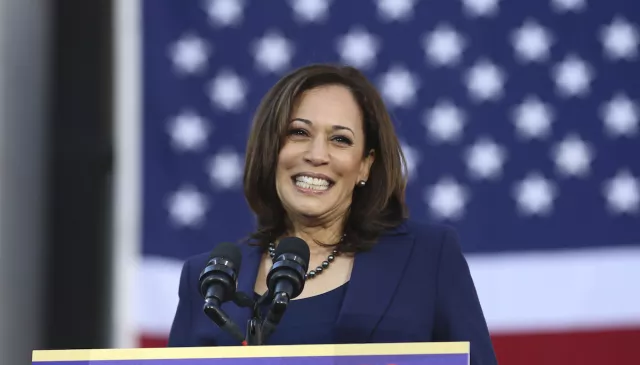Girls and women often face structural barriers that threaten their success in school and beyond. Girls of color are more likely than white girls to face unfair discipline. Sexual harassment and violence in school are problems that confront most all girls.
NEA supports educators, students and allies mobilizing and advocating for policies and practices that support the needs of all students — regardless of gender.
Combating Sexual Harassment and Violence
Full Title IX protections requiring schools to address sexual harassment still remain in effect. However, under the new student-driven sexual harassment policy adopted in Oakland, there will be a designated point person in each school to handle sexual harassment and assault complaints, and the reporting process for students, educators and parents has been clearly delineated.
Ending the School-to-Prison Pipeline for Girls of Color
Educators in the classroom have a wealth of experience and insight to share in the development of policies that impact equity and opportunities for their students. It is no surprise that national organizations often seek to partner with educators to get their take on the practical application of policy proposals.
“Teachers are on the frontline—they are the first responders in the classroom who sound the alarm when they see what is happening. They spend the most time with kids and know them best, and they can ground the conversation about solutions in what is possible. They know what is realistic- top down policies don’t work,” said Kayla Patrick, Public Policy Fellow at the National Women’s Law Center (NWLC), who facilitated dialogues with teachers at the NEA Conference on Racial and Social Justice in Boston.
#MeToo at School
As we see more real public dialogue about sexual harassment in the workplace, and some growing accountability for perpetrators, what about #MeToo at school? How can school administrators, educators, students and parents contribute to these discussions and address these issues at school?
NEA Press Officer Michelle Hudgins and Elizabeth Tang of the National Women’s Law Center recently hosted a lively discussion of these questions on Facebook Live.
Standing up for Gender Equity
Across the country women, girls, and all people who face gender-based discrimination are calling their elected officials, raising their voices in the Me Too movement, and organizing in the streets to break down barriers to their success and put in place policies that help them achieve their potential. With the Administration attacking civil rights and Congress stuck in gridlock, states and cities are leading the effort to empower women and girls.
Get Involved

Women’s History Month Resources

Bullying and Sexual Harassment Training

